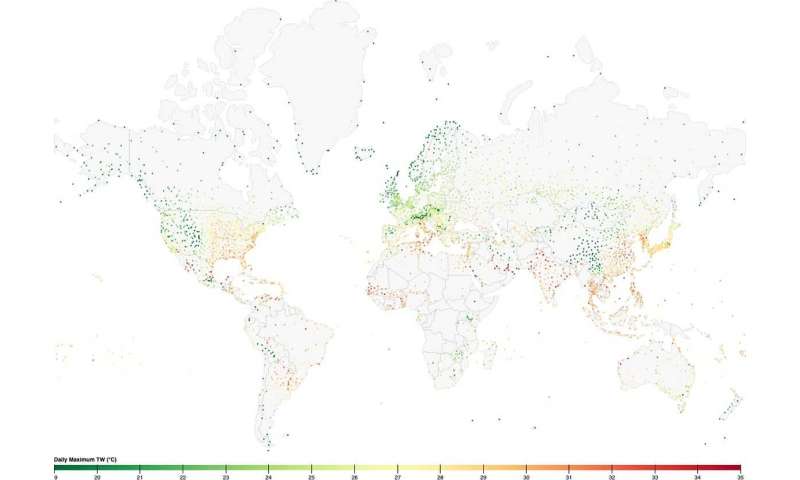India uses drones to disinfect virus hotspot as cases surge
Indian authorities used drones and fire engines to disinfect the pandemic-hit city of Ahmedabad on Saturday, as virus cases surged and police clashed with migrant workers protesting against a reinforced lockdown.
The western city of 5.5 million people in Prime Minister Narendra Modi's home state has become a major concern for authorities as they battle an uptick in coronavirus deaths and cases across India.
Ahmedabad accounts for 343 of the almost 2,000 deaths reported nationwide and almost 10 percent of India's cases. Other cities in Gujarat have also been badly hit.
Locals watched from their balconies as drones sprayed disinfectant from the air while fire engines and other vehicles toured the empty streets sending out clouds of cleaning agent.
"All zones" of the city would be disinfected, according to acting chief administrator Rajiv Gupta.
India has been in the grip of the world's biggest lockdown since March 25, which was tightened in Ahmedabad on Friday because of the accelerated spread of the virus.
Hundreds of paramilitaries kept people off the streets and virtually all stores have been closed for at least a week.
On Friday night, security forces fired tear gas at stone-throwing residents who ventured out. At least 15 people were arrested and the police presence was stepped up Saturday.
Fresh clashes erupted Saturday between about 500 migrant workers and police in Gujarat's industrial hub of Surat.
Police fired tear gas while the protesters hurled stones and chanted slogans demanding to be allowed to return to their home towns. Around 50 were arrested for rioting, police said.
Surat, known for its diamond and textile industries, is home to over 800,000 migrant workers, many of whom have been left jobless after factories closed following the lockdown.
Some 900 coronavirus cases have been detected in the city, the second hardest-hit in the state.
Authorities have insisted the pandemic crisis is under control and have started to ease restrictions in many parts of the country to let agriculture and some companies get back to work.
Experts however have warned the toll is increasing despite the lockdown.
The virus is spreading particularly quickly in other major cities, including the capital New Delhi and the finance hub of Mumbai. And experts say the actual toll numbers are higher than reported because of the lack of testing and poor accounting for deaths.
While the number of fatalities is low compared to the United States and the worst-hit European nations, health specialists say India's pandemic curve may only peak in June and July.
Shamika Ravi, an economic advisor to the government, said Saturday that the "infection is way ahead of our knowledge" in Gujarat and Maharashtra, which includes Mumbai, because authorities were not carrying out enough tests.
© 2020 AFP


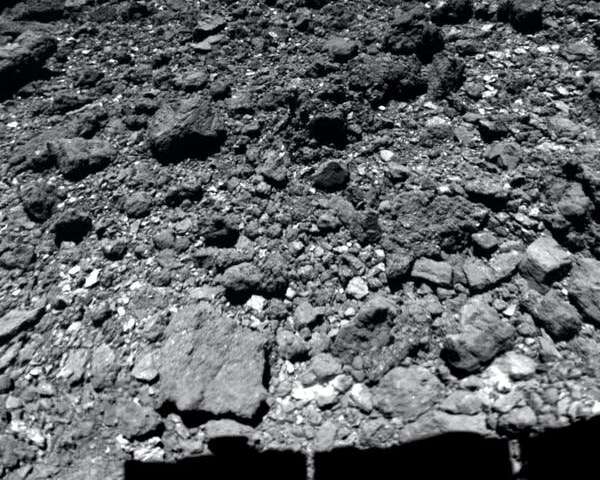
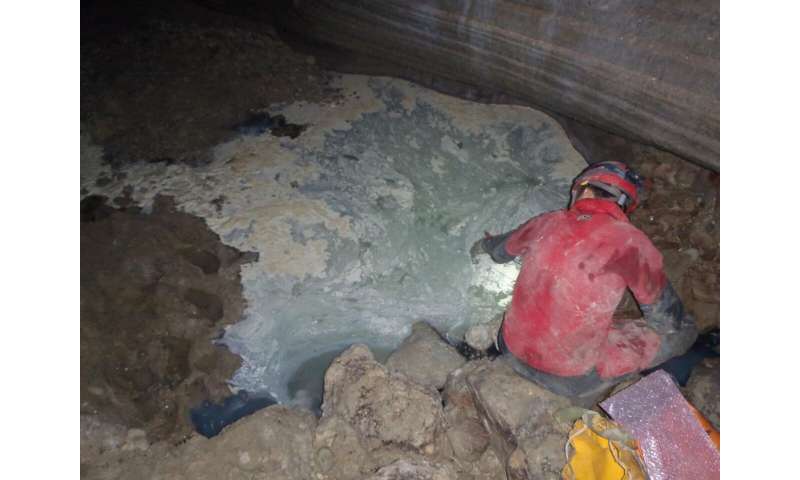
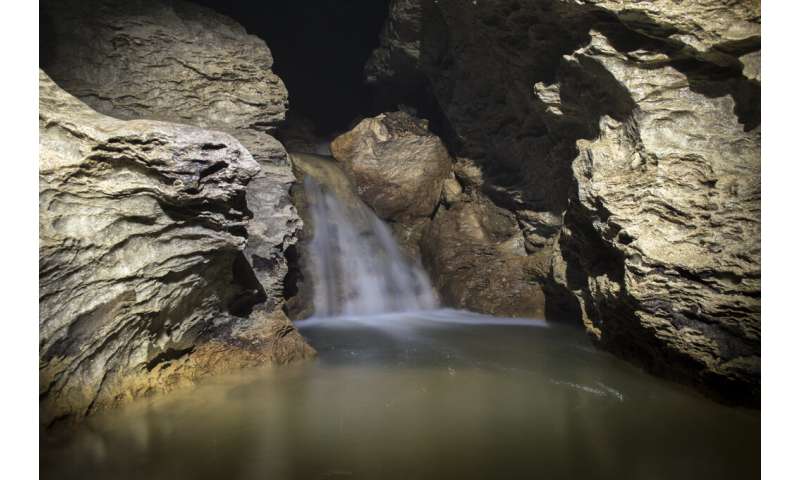

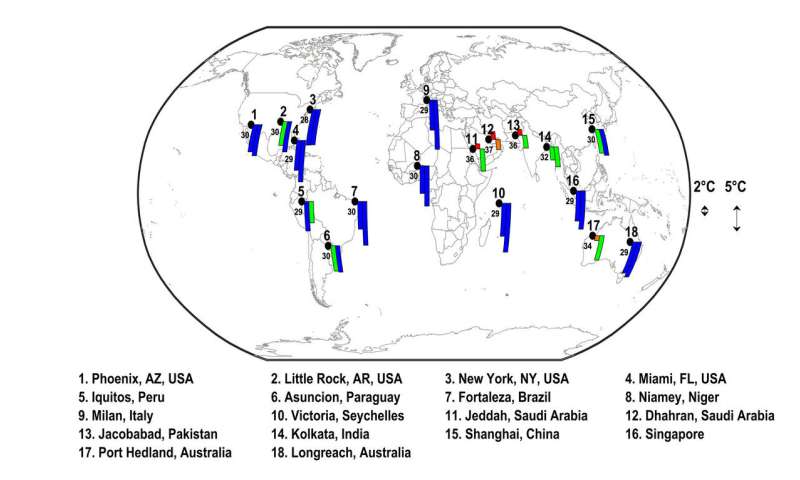
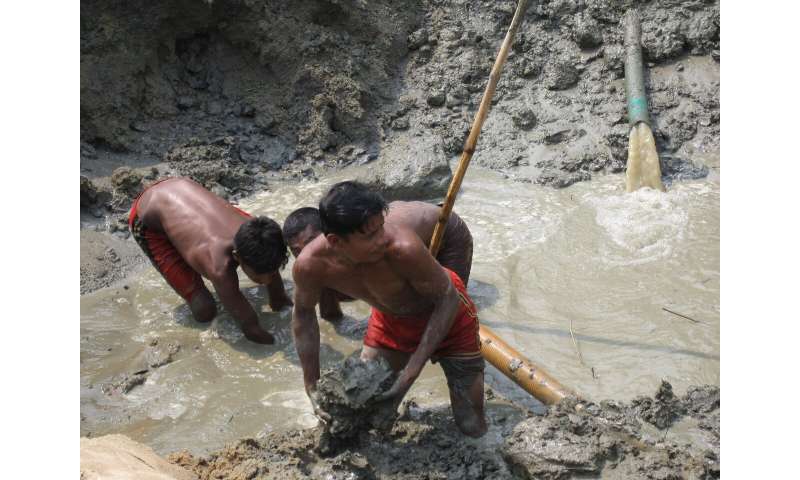 In Bangladesh, one of the most vulnerable countries, a crew excavates a riverbed for a new bridge. Outdoor labor is a way of life in many of the regions subject to the worst heat and humidity. Credit: Kevin Krajick/Earth Institute
In Bangladesh, one of the most vulnerable countries, a crew excavates a riverbed for a new bridge. Outdoor labor is a way of life in many of the regions subject to the worst heat and humidity. Credit: Kevin Krajick/Earth Institute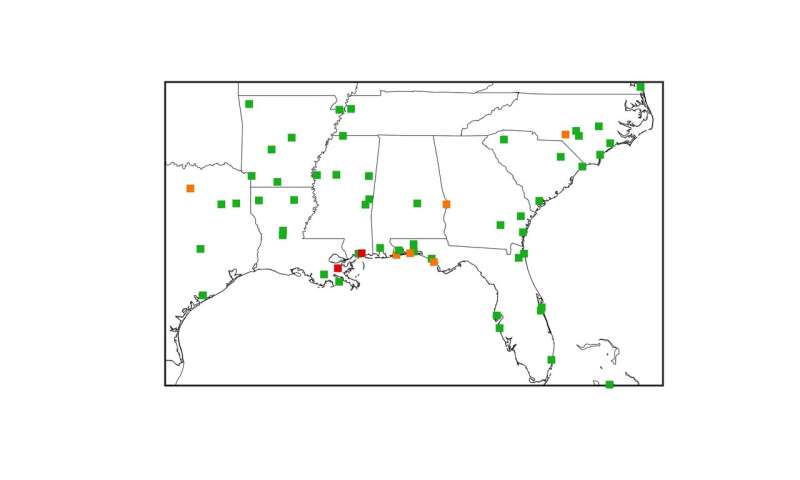 Areas in the U.S. Southeast where heat/humidity mixtures have driven temperatures to 'wet-bulb' readings of 31 degrees C (equivalent to 125 degrees F on the "real feel" heat index). Green markers show one occurrence from 1979-2017; orange, 3; red, 10. Credit: Colin Raymond
Areas in the U.S. Southeast where heat/humidity mixtures have driven temperatures to 'wet-bulb' readings of 31 degrees C (equivalent to 125 degrees F on the "real feel" heat index). Green markers show one occurrence from 1979-2017; orange, 3; red, 10. Credit: Colin Raymond